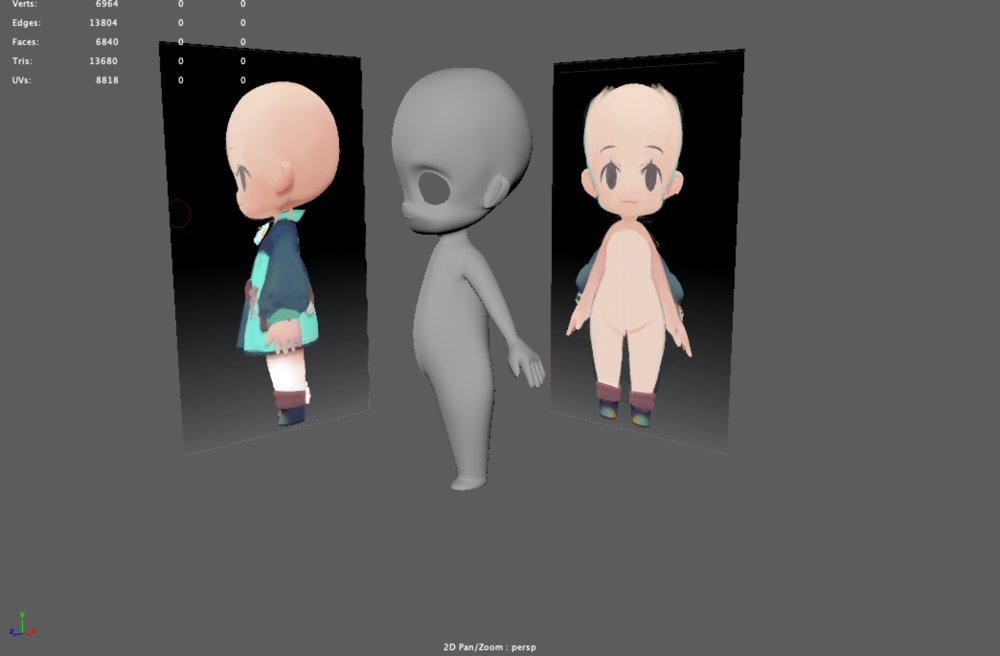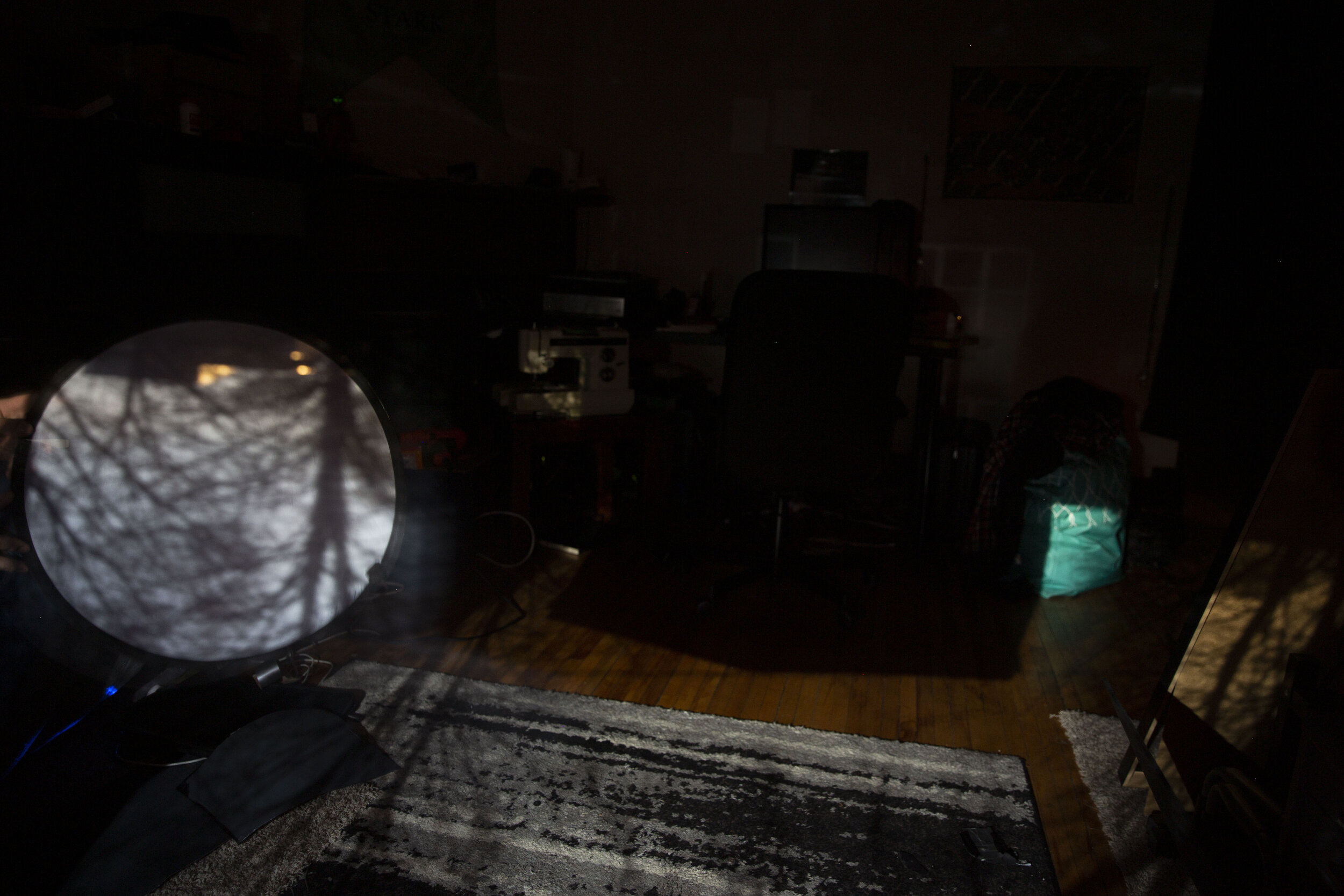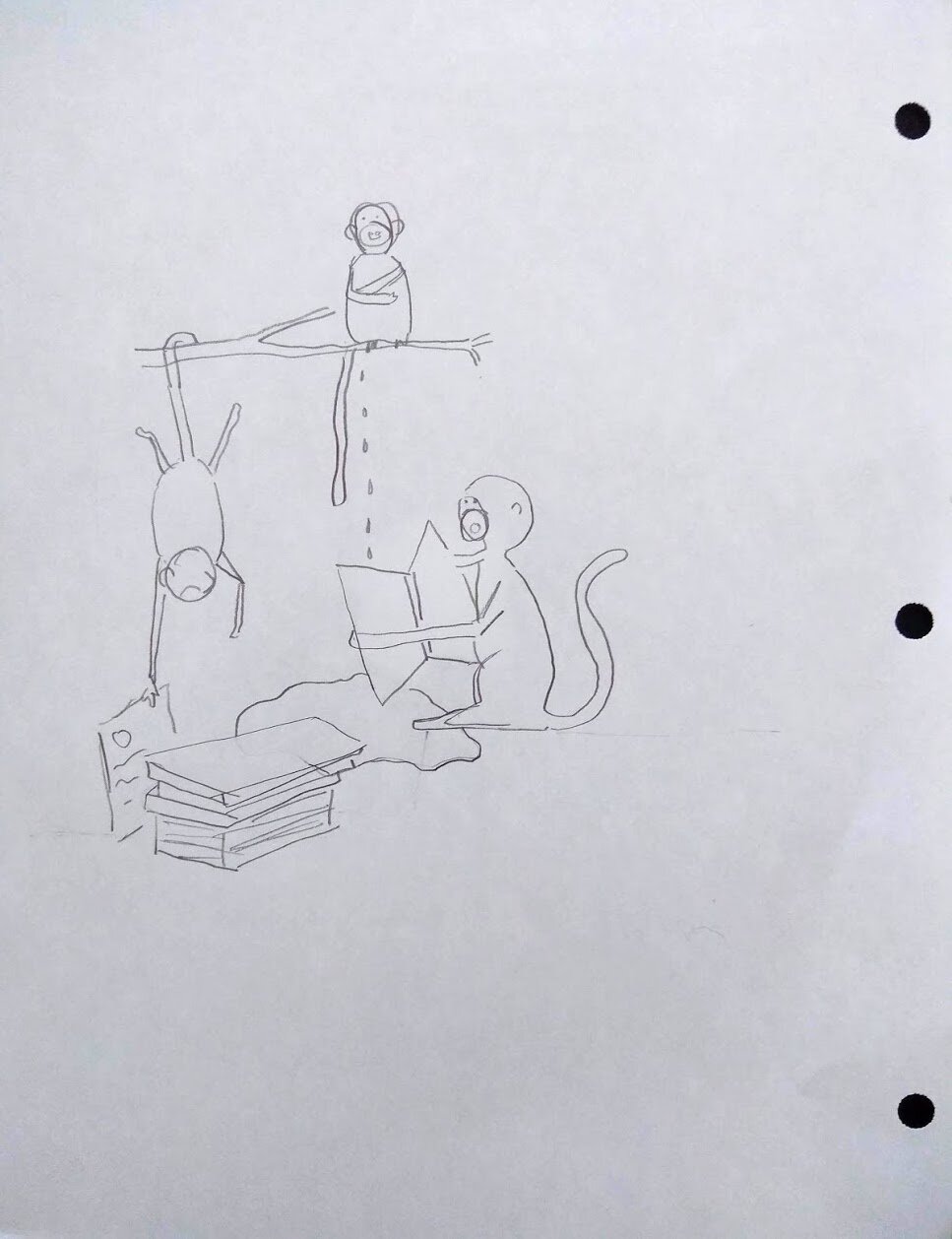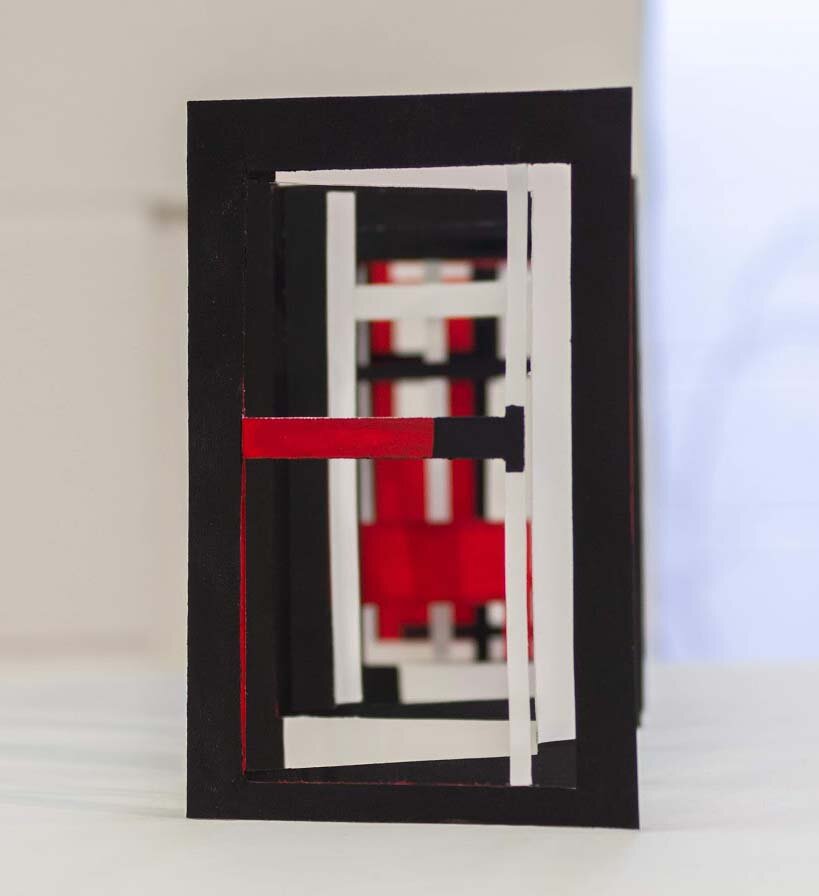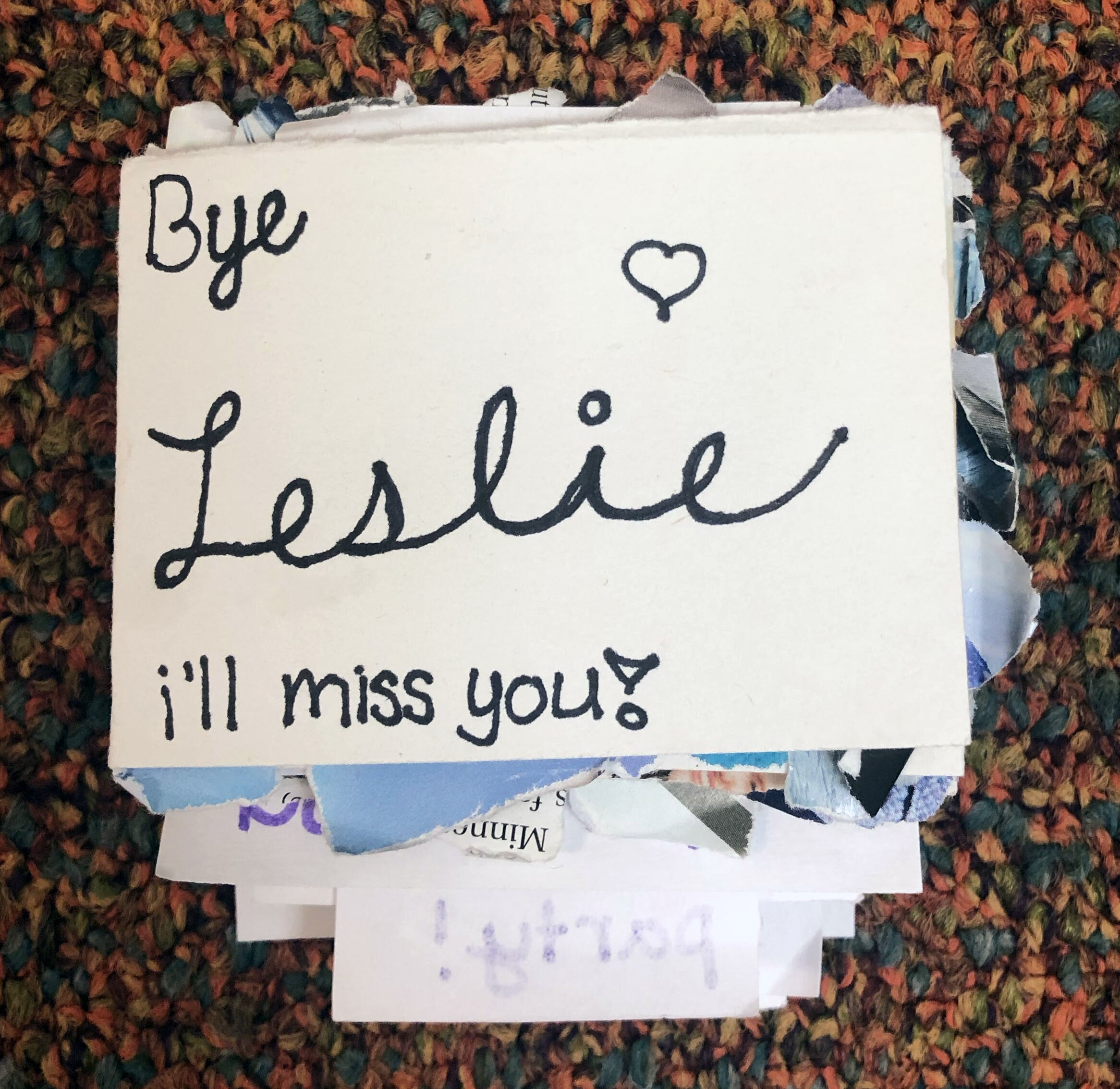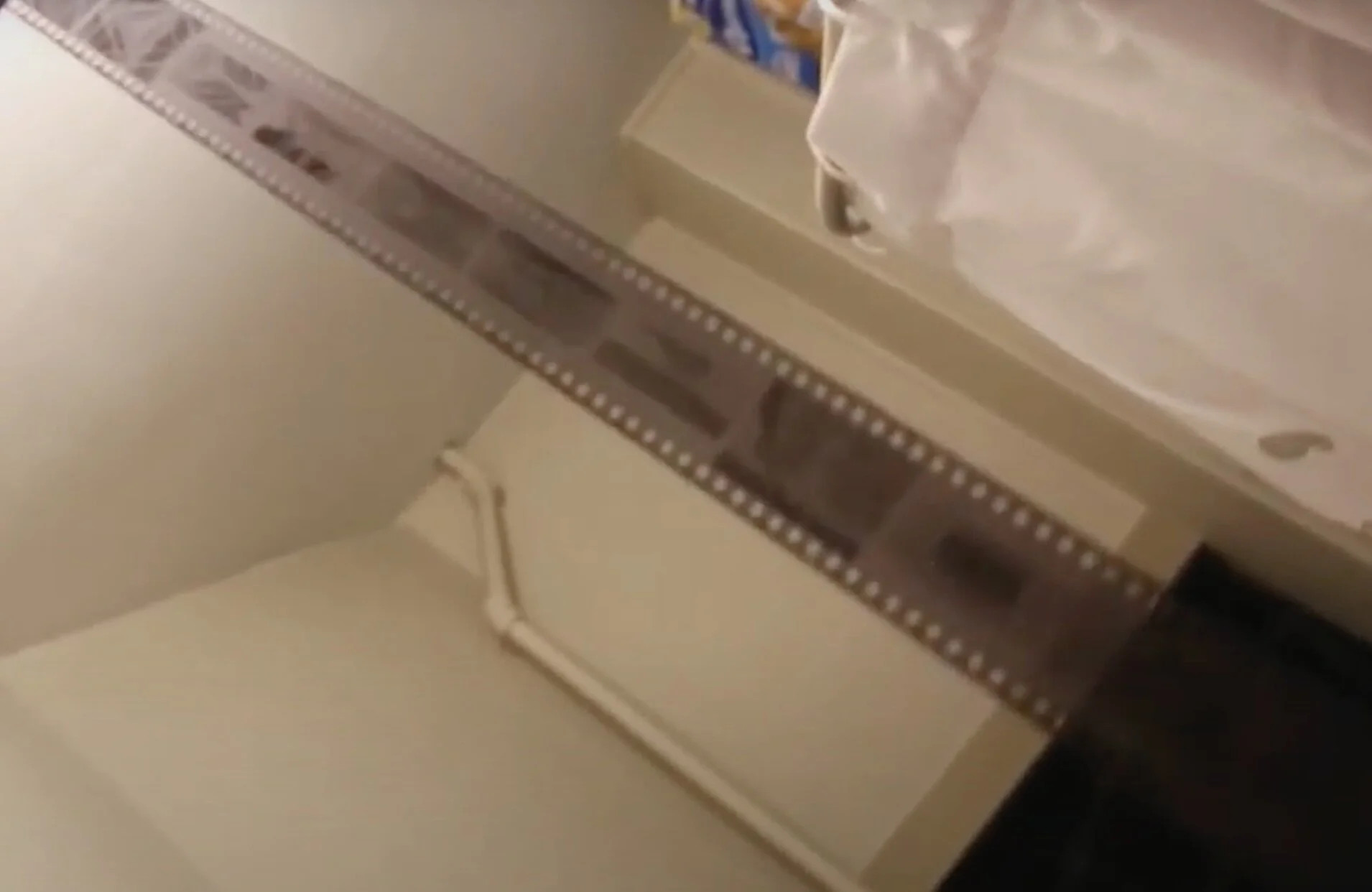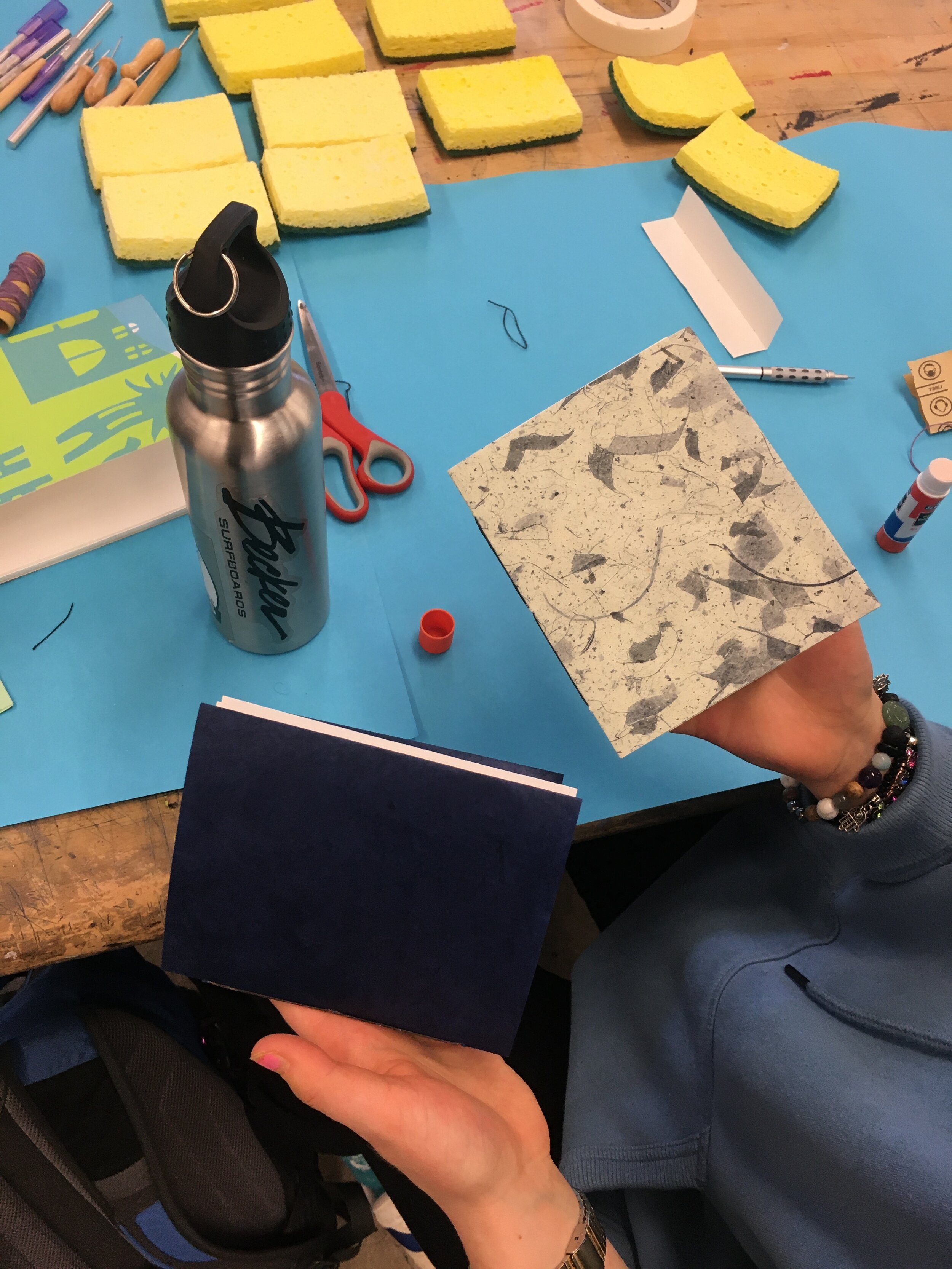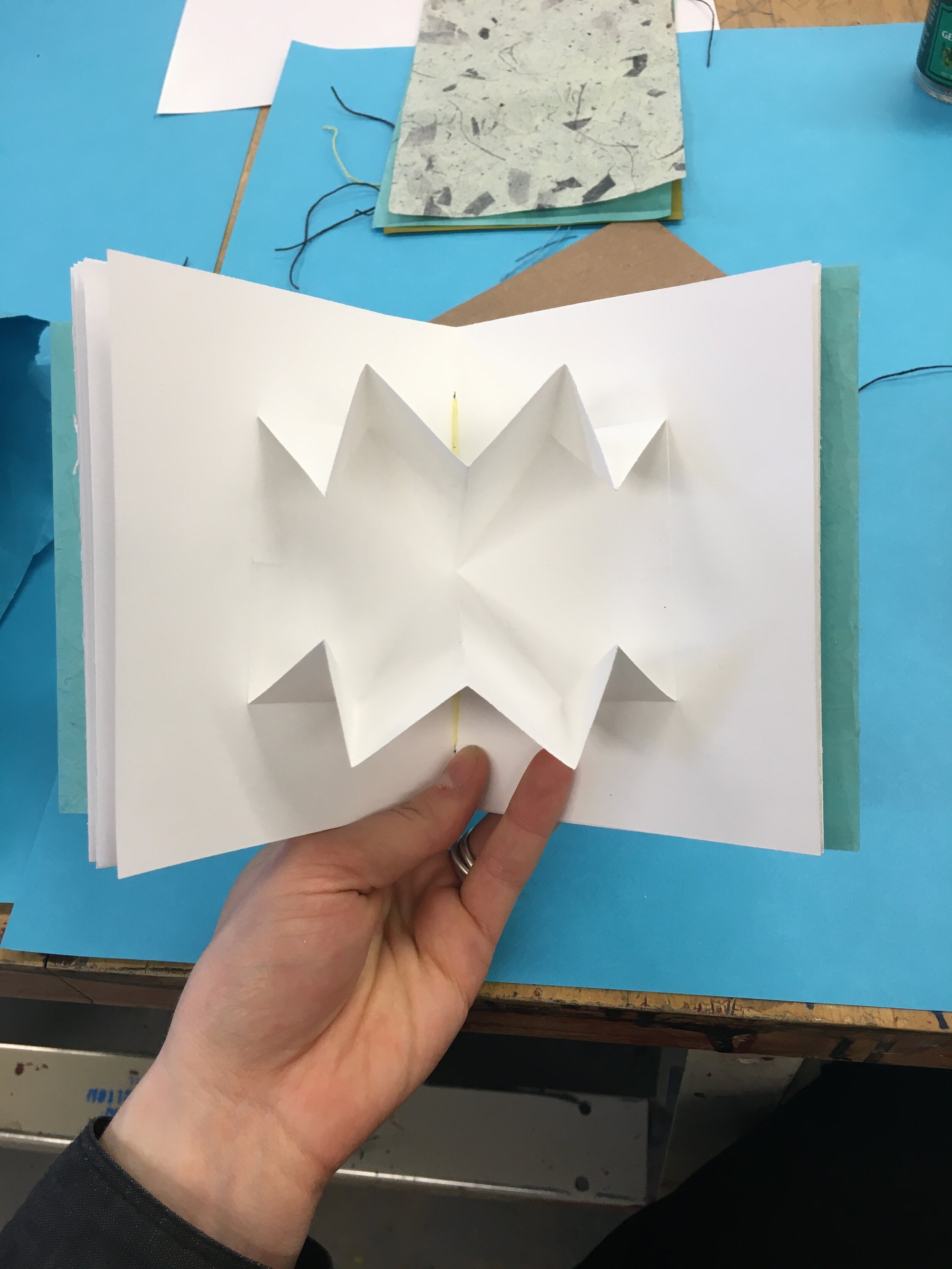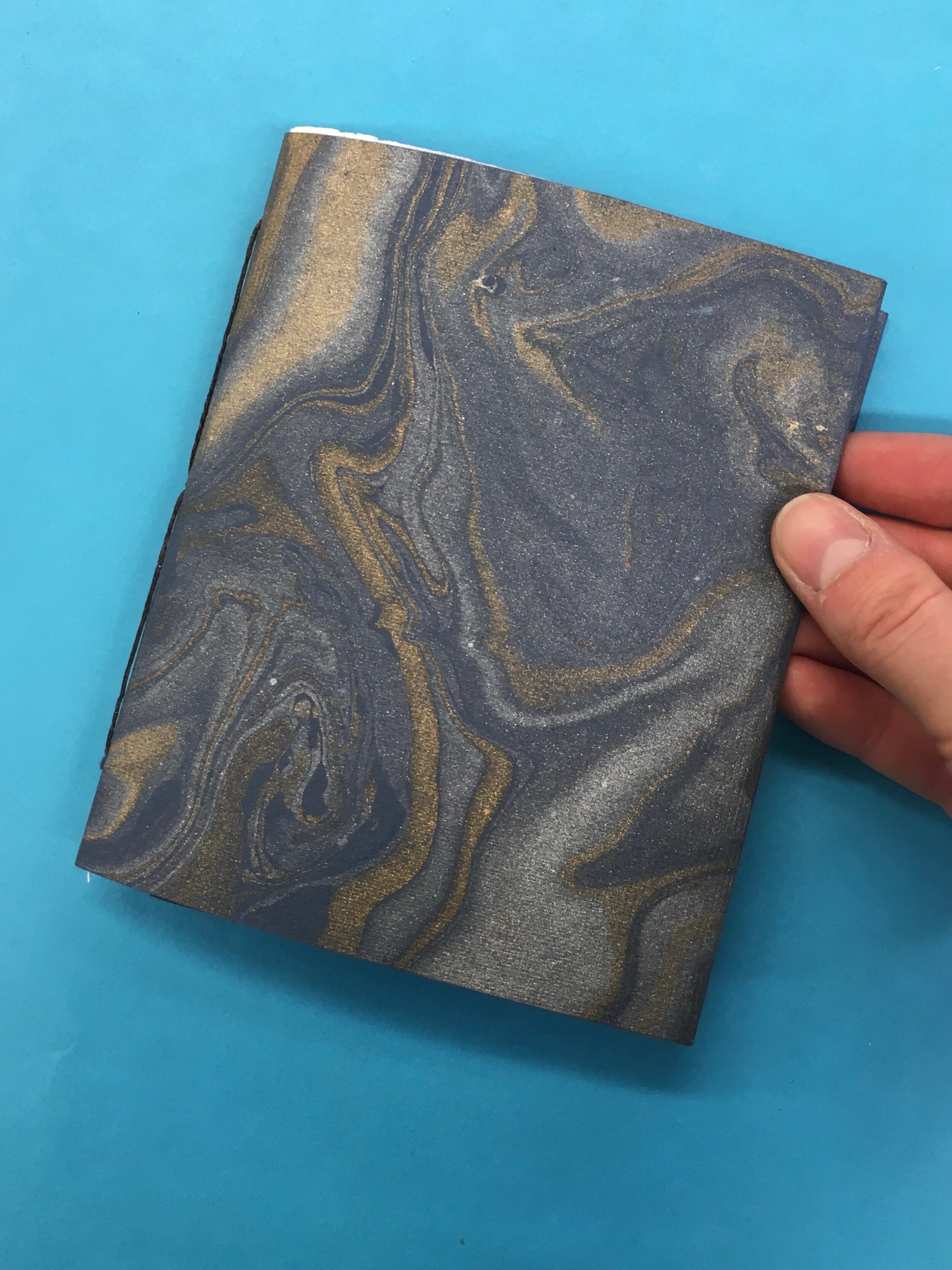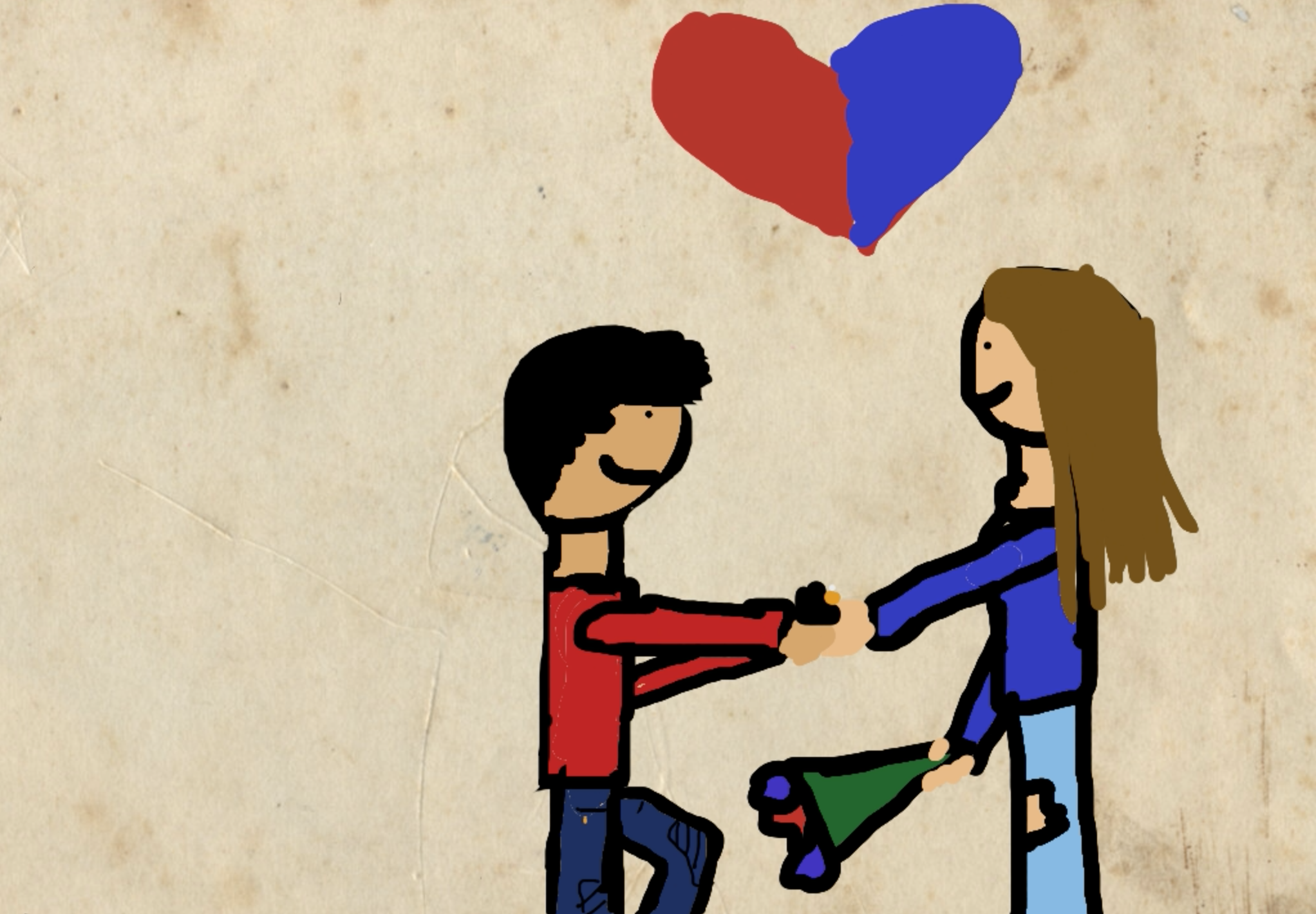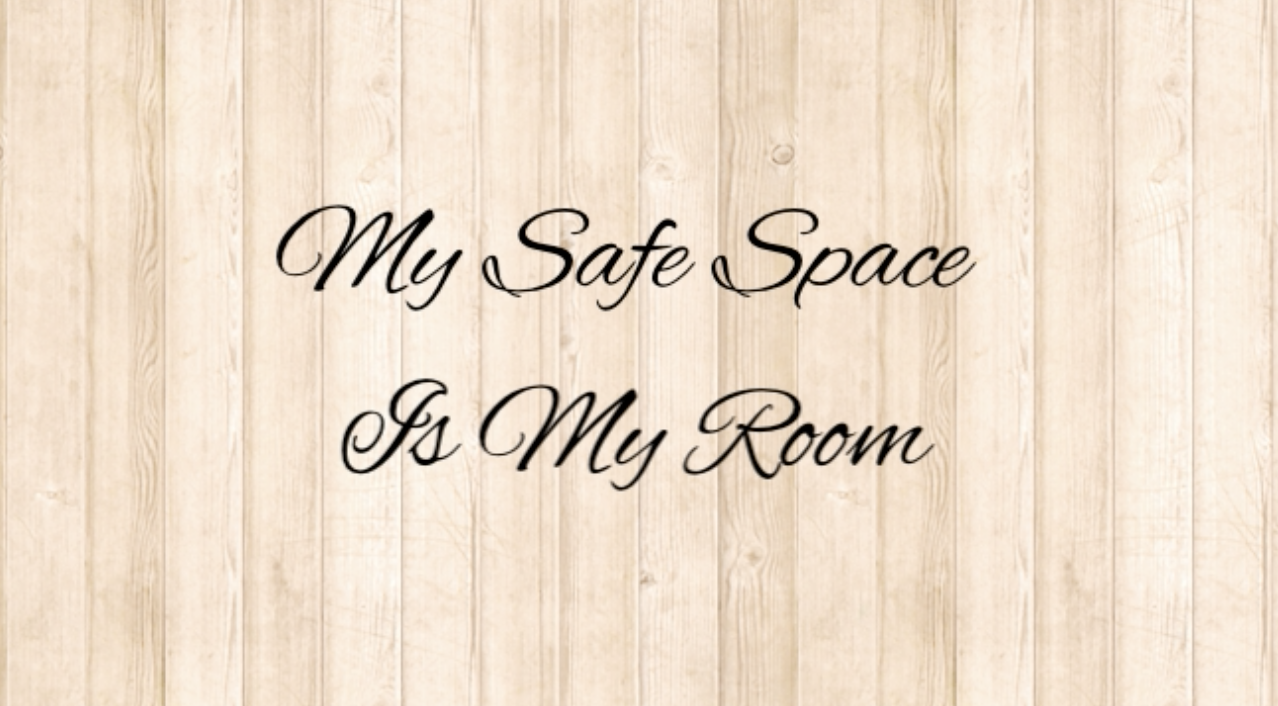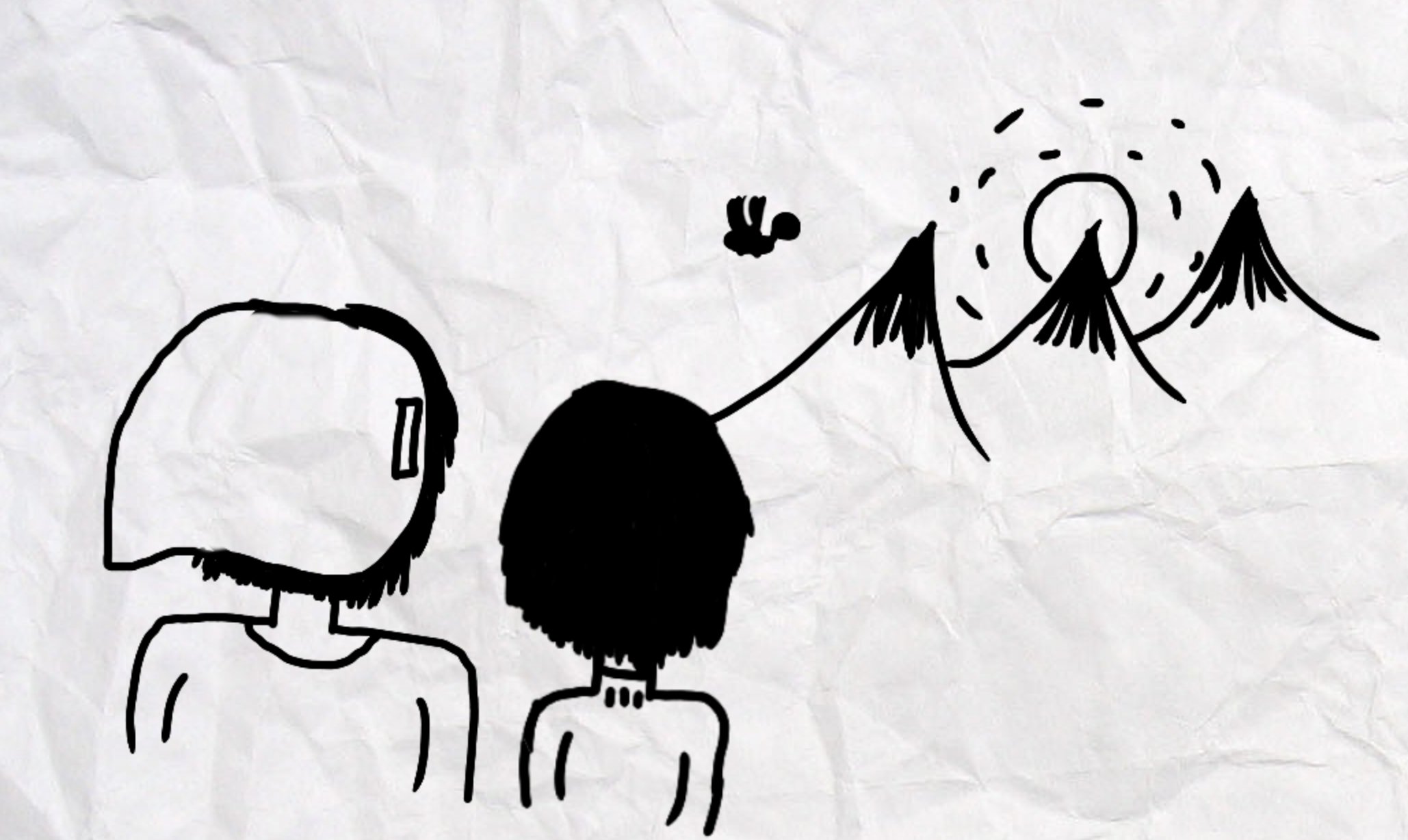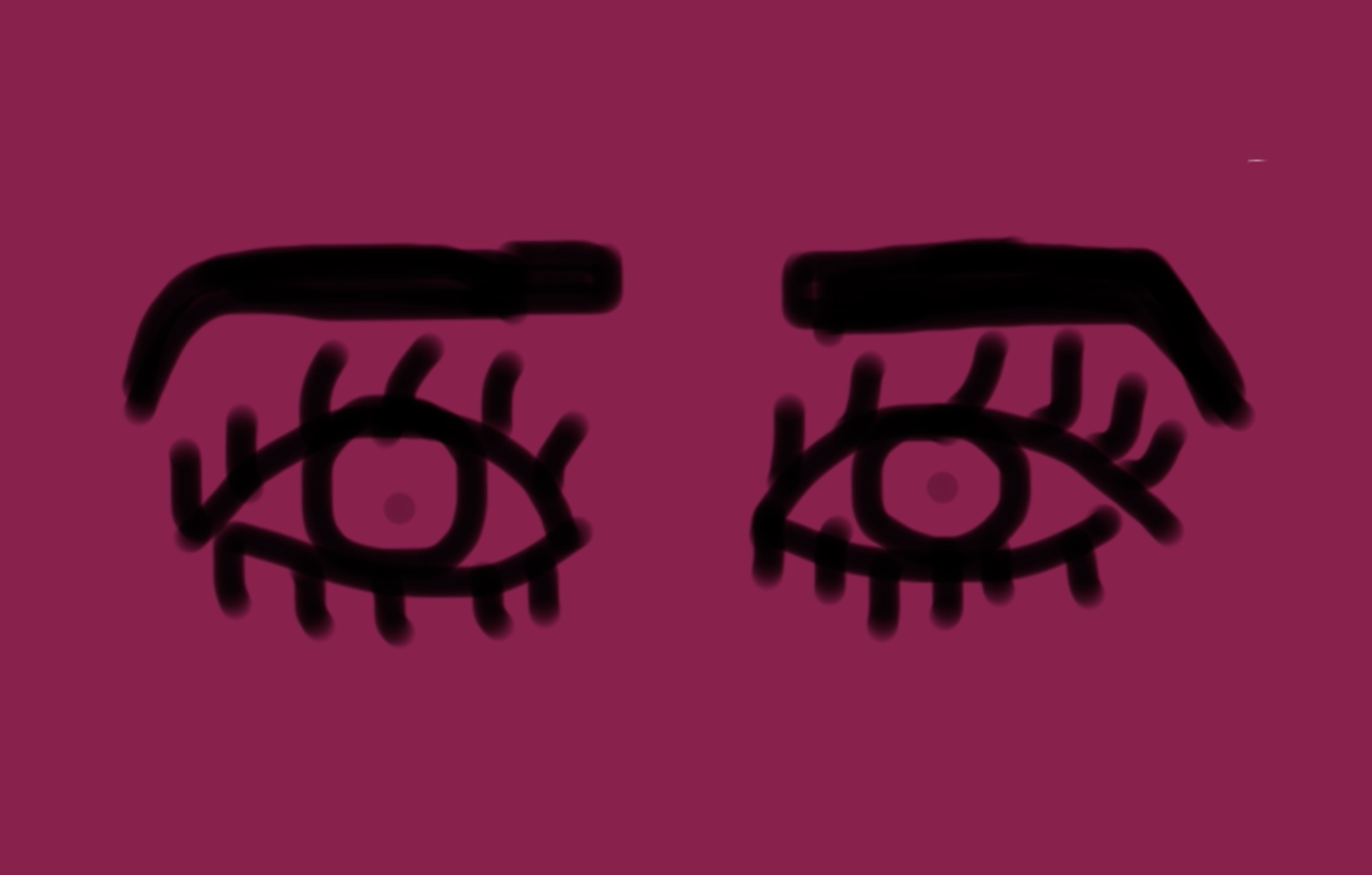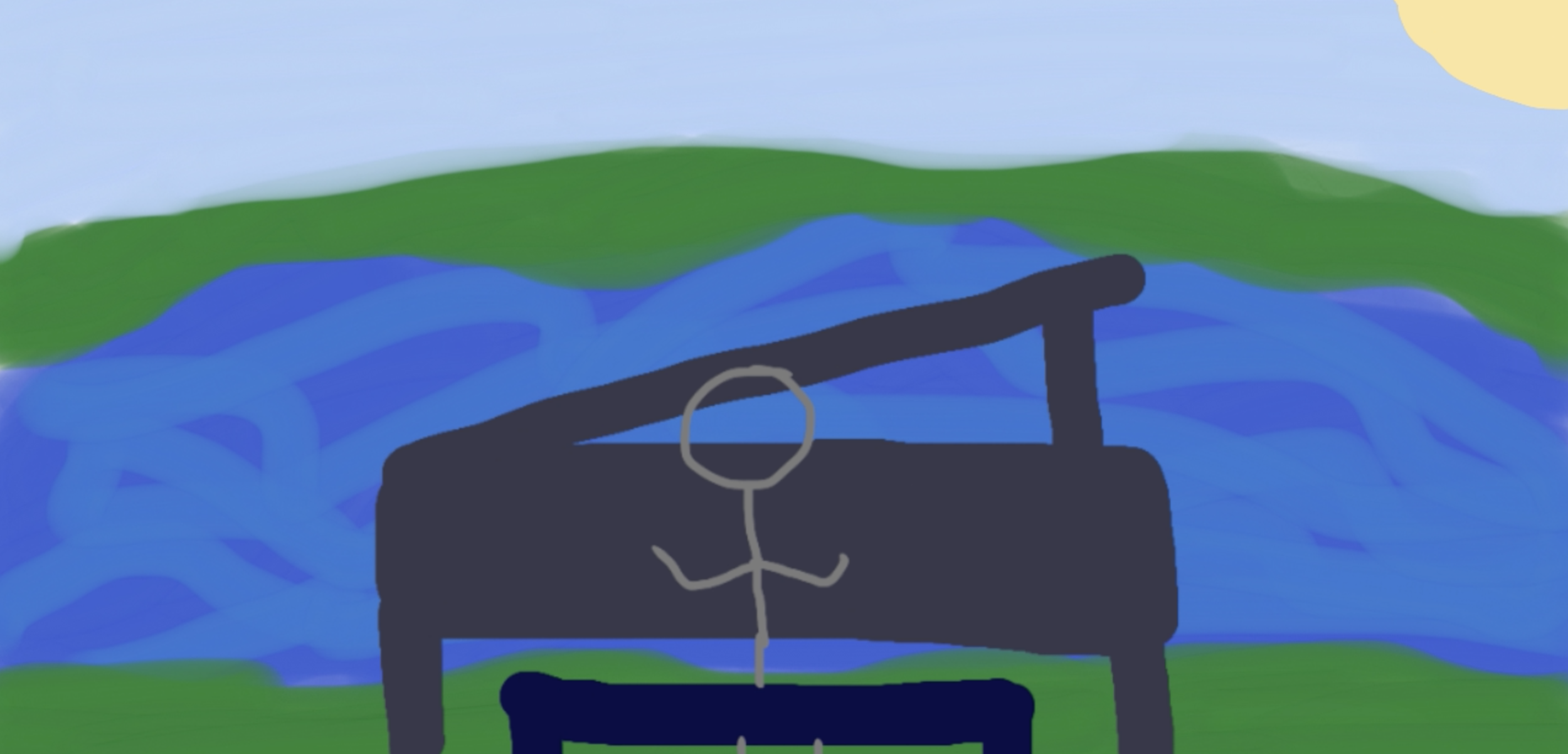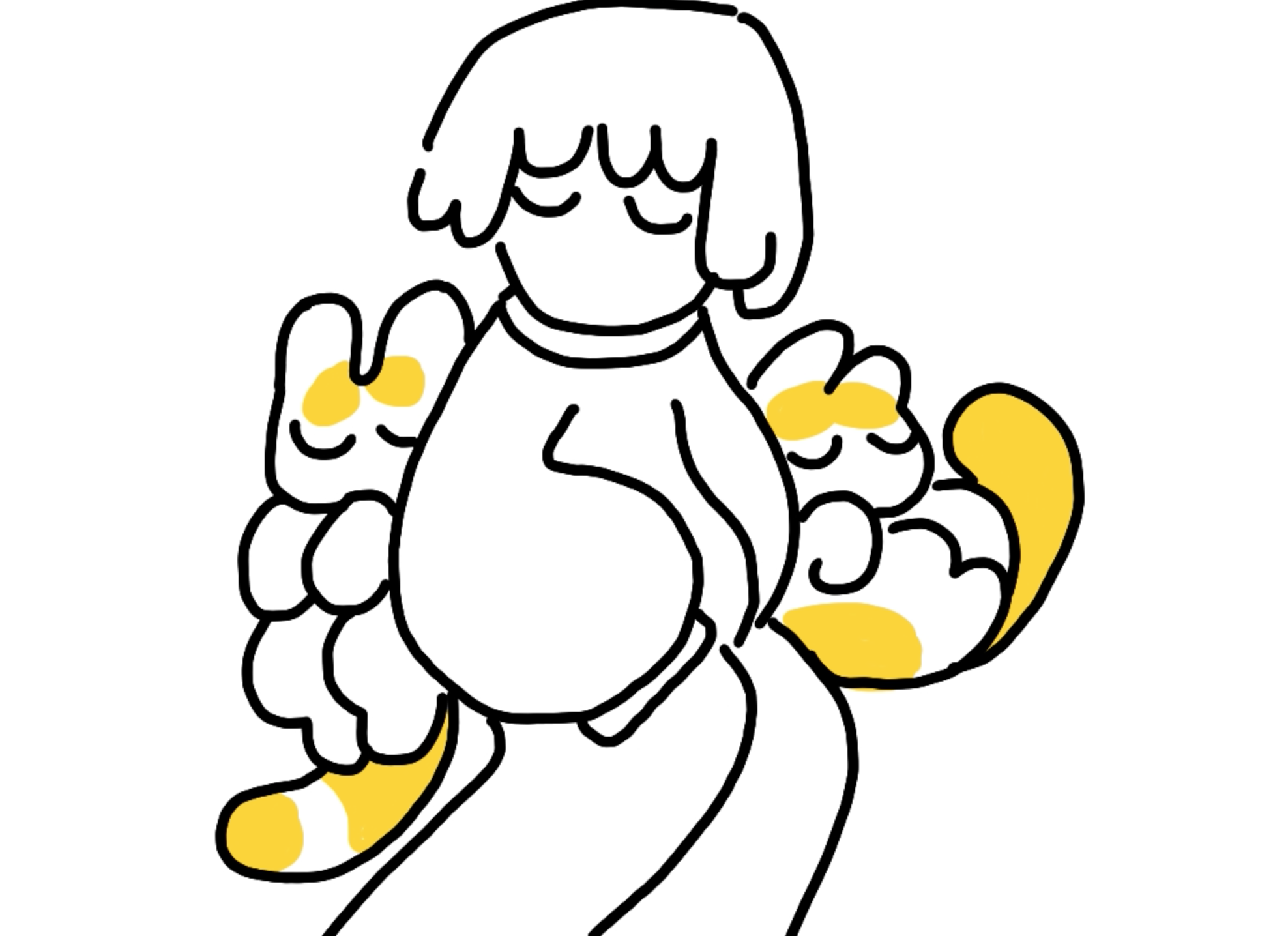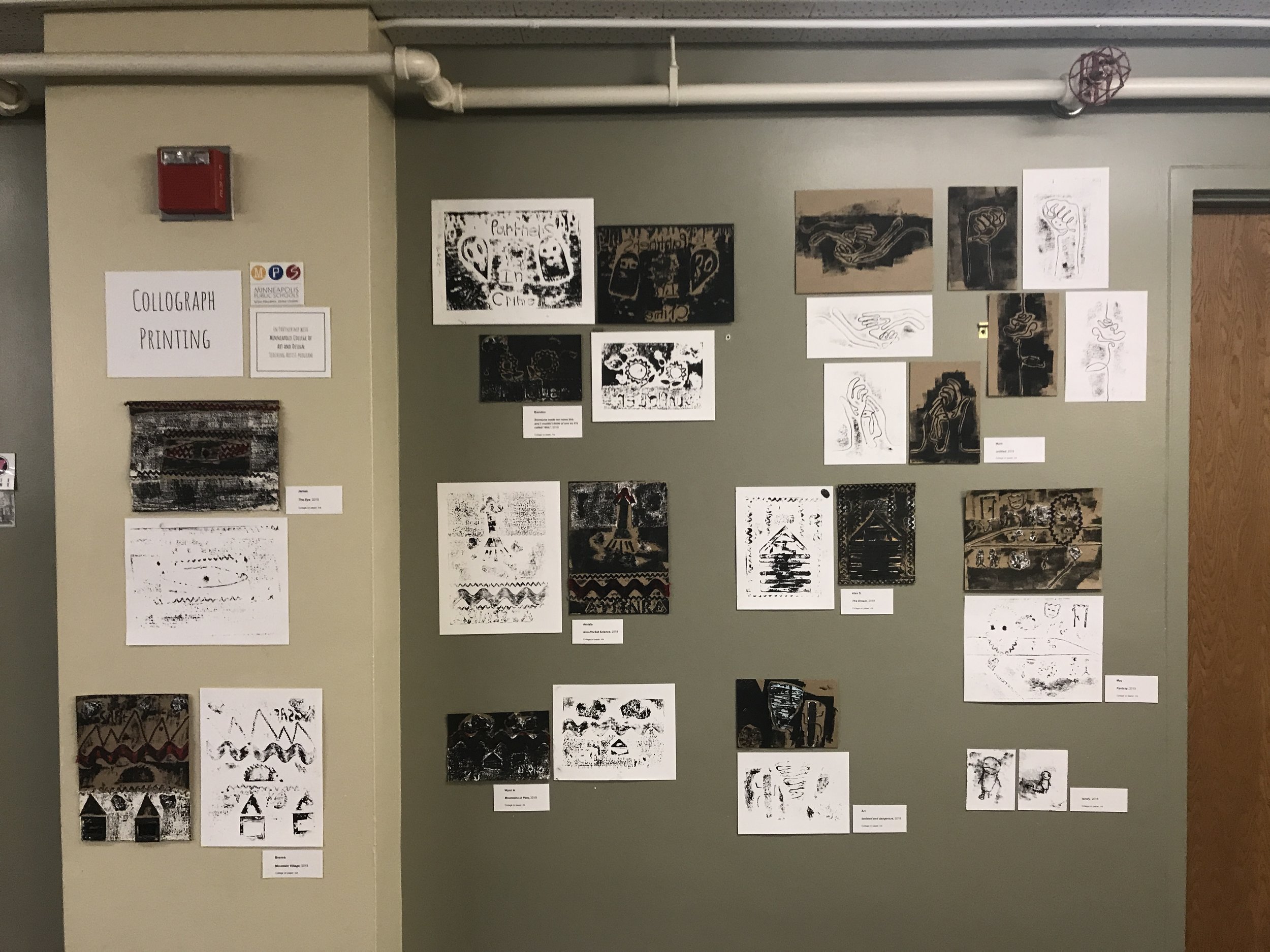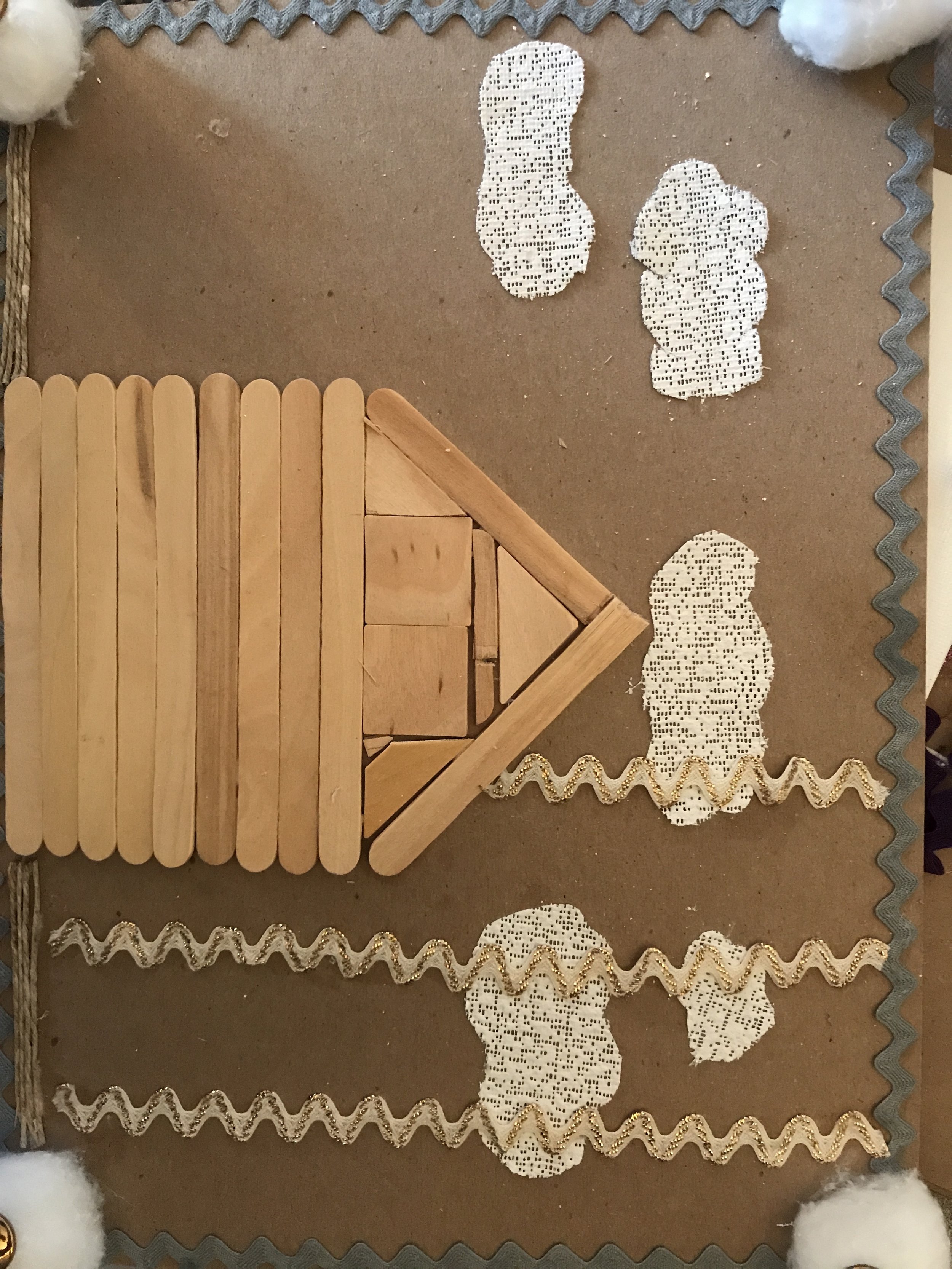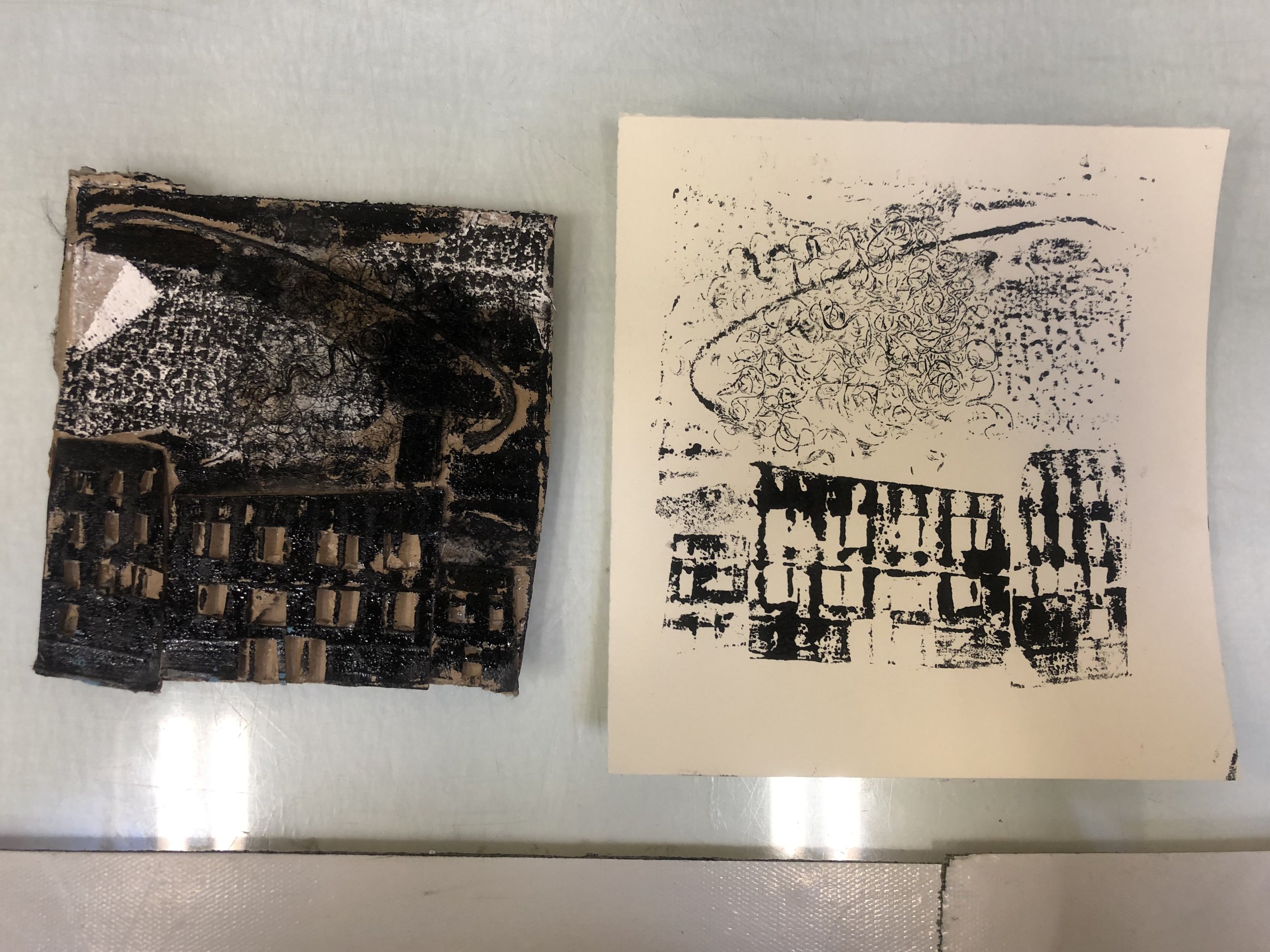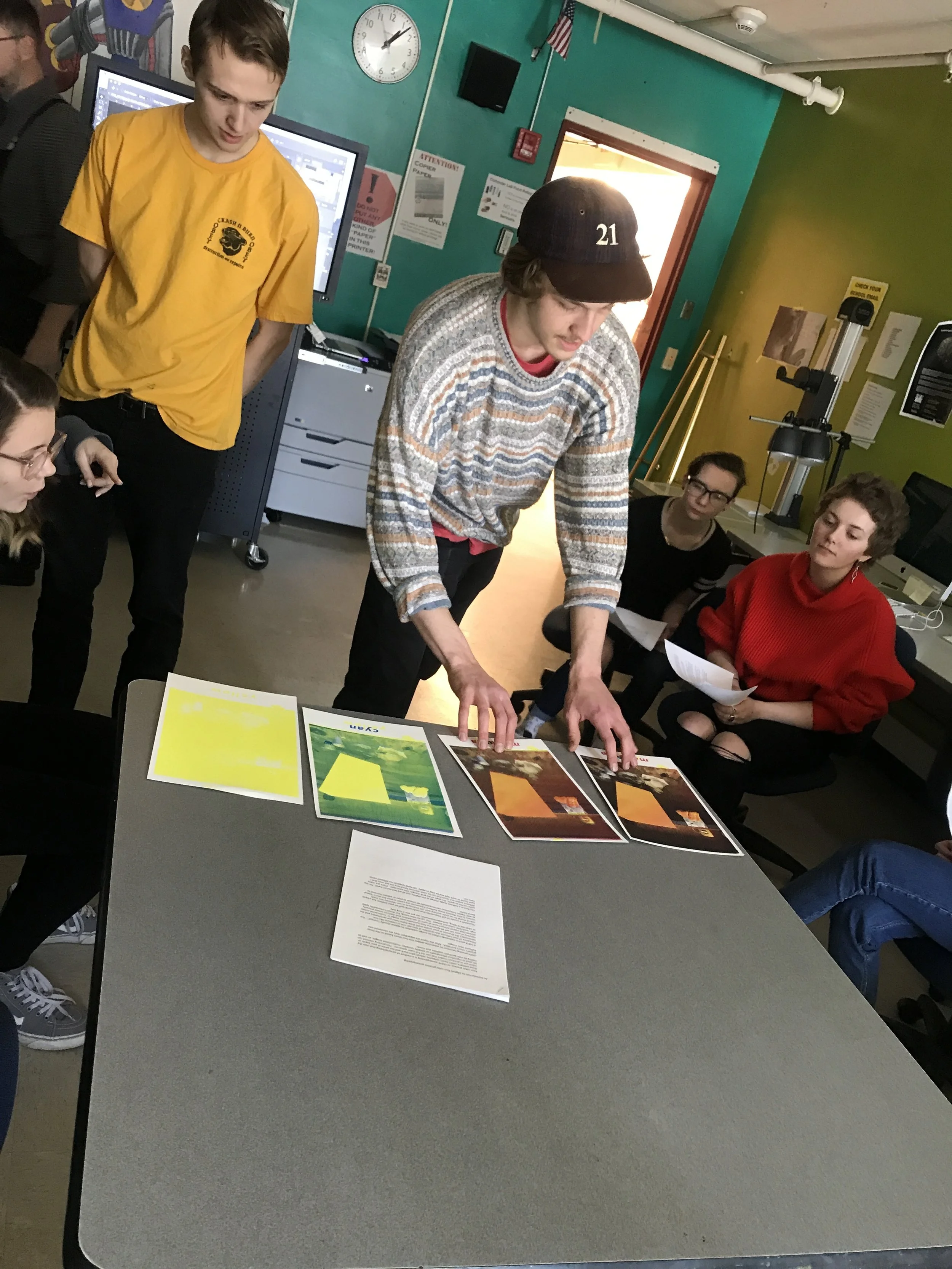Center School x MCAD Lesson Plan Nature Portraiture
Grade: 7th - 11th Grade
Standard
Code: 9.1.2.5.1
Strand: 1. Artistic Foundations
Anchor Standard: Integrate the characteristics of the tools, materials and techniques of a selected media in original artworks to support artistic purposes.
First Day - Drawing
Overview:
Students will be working from life - pulling from nature based content to learn observation and slowing down within creating. They will learn the basics of measuring from life as well as linear drawing techniques.
Big Ideas:
How/what do you observe to make art?
Exercising eyes and creativity of recreating in art.
Using line to show depth and weight as opposed to shadows
Student Outcomes
Students will learn how to use measuring tools such as the relationary measuring of one object to another and pencil to eye gauging
Learn how to expand upon merely the visual, with using artistic licenses by picking what adds and hurts the composition
Learn how to use line to recreate life
Students will learn how to slow down within the process to better understand the subject and give confident line within creating
Prior Knowledge
Assess at the very beginning what are some experiences they have had before with drawing - assess how much I should get into the basics - assume I will have to start from the beginning
Prior knowledge of simple drawing and watercolor would benefit students but is not necessary
Examples of Artwork
Assessment
Once everyone is finished, everyone will walk around and see everyones creations.
After everyone is seated - I will ask them to talk in groups, right on the wall some questions for each of the students to answer - after that we will come together as a whole class and can talk about the process and what each group had to say. See if they are excited about painting over them the next day -
Some questions to put on the board or have as sheets to give to each group
Have each student spend at least 5 minutes talking about their drawing
Composition
Line
Content
The process with line and observation
Frustrations and excitements
Future painting
After they all answer we will come together as a whole class and see if anyone has any observations from the project being in the middle -
Materials
Plants or flowers
Pencils H - B
Erasers
Sharpeners
Drawing paper - maybe just 9” x 12”
Enough paper for practice sheets - sketch/warm up
Learning activities and timing
Class
( 90 minutes overall)
Introduce Myself - (1 minute)
My name, pronouns
Mention MCAD, state a couple little facts about my own practice, mention that we will be diving into some nature portraits :)
Have everyone go around the room say their name, pronouns, favorite medium, and favorite snack food (7 minutes)
Introduce the activity (10 minute)
Show the example and point out our lovely models for the day - plants
Bring out the material and show the steps that we will be going through with a little demonstrations fully 7 minutes be sure to assure we will give the steps after the demonstration
Start with looking, describing what composition I want to create (define)
using your fingers to create a rectangle - pick composition
First go in with a gesture of the portrait H pencil - plants have life lets be sure to give it that life. Be able to see the full piece right away
Show how to measure with the pencil
Arm stretched out - finger to the point of measure in front - one eye closed - then bring it to paper mark
Start putting and revising - show how the gell eraser works
Revise gesture with measurements and lines using one point and measuring out
Introduce line weight, density, light to dark, weight at the bottom of the portrait
This is where style and decisions of the arts comes into play
Then I will have them go to their chairs and start the process!! (45 minutes overall)
Review the steps - give a project sheet for reminders
Start with looking for 2 minutes, using your fingers to create a rectangle - pick composition
Move the seat to their liking aren't bound by any prior decisions
First go in with a gesture (3 minutes) of the portrait H pencil - show in the air how quick it should be and to not be scared!! It should look like a scribble, instantly seeing the piece :)plants have life let's be sure to give it that life. Be able to see the full piece right away should be quick
Measure and revise (20 minutes)
Start to add decisions that clean up the drawing (10 minutes)
Make some decisions that aren't necessarily front of you (10 minutes) that make the drawing have more of the essence
Wrap up any loose ends for the painting the next day
Reflection (20 minute)
Have everyone walk around the classroom 2 minutes
Get into groups and have each individual get 5 minutes to discuss their work to their group
What did they learn? What will they take away and what will they leave?
After the groups are finished we will come together as a whole class and have each group say something about their projects !
(5 minute) of cleanup
Ask students to as a group put away all the material place it back in compartments
Material
Write name on back of drawings
While they clean up I will gather all the art work for the next days painting
Have a portfolio prepared
Second Day - Painting
Overview:
Students will be working from life - pulling from nature based content to learn observation and slowing down within creating. They will learn the basics of color, mixing, brushes etc
Big Ideas:
How/what do you observe to make art?
Exercising eyes and creativity of recreating in art.
Using color to express the content
Student Outcomes
Students will learn how to use Water color swatching
Learn how to know when to stop with watercolor
Learn how add paint on top of a previous drawing
Students will learn how to slow down within the process of creating
Prior Knowledge
Prior knowledge of watercolor would benefit students but is not necessary
Examples of Artwork
Assessment
Once everyone is finished, everyone will walk around and see everyones creations.
Ask if anyone has any observations from the past two days
Materials
Plants or flowers
Watercolor palettes paper plates
brushes
Newsprint
Previous drawing and paper for new people
Learning activities and timing
Class
( 30 minutes to 45 minutes overall)
Introduce myself to the new students
Have everyone go around the room and say name and pronouns and favorite part of the tour (5 minutes)
Introduce the activity (3 minute)
Show the water color example and point to the already prepared set up of all the previously drawn works
Show the steps with a quick demonstration that we will be going through (5 minutes)
Start with looking again this time you are focusing on color shifts and value
Lets Start with some gestural swatches of color - light to dark so you don't overwork
Make sure to warn- not to wet or harsh with the brush - show example
While demonstrating describe some things to observe and attempt to achieve in the drawing
Darker in shadows - lighter closer to the source of light this will show depth
Overlaying the color with another
Dry brush versus wet on wet
Try putting water down before you add color that will control where the wet on wet will go
You can achieve line with paint as well!!
WIth water color you can’t add light on top of dark, so work from light to dark
Really emphasize not going over and over the color, just do one stroke of color done-
Then I will have them go to their chairs and start the process!! (18 minutes overall)
First go in with lightest highlights first - try not to stray from original drawing think of it as a coloring book
Then local color
Leave shadow
Advise to leave some color open to the paper
Reflection ( 5 minute)
Have everyone walk around the classroom 2 minutes
Ask some questions about the project for student observations
How did you guys try to replicate your plants with this medium?
What was your favoirte part of this process?
What would you do differently next time?
Would you do this again?
(5 minute) of cleanup
Ask students to as a group put away all the material place it back in compartments
Dump water in the sink
Leave brushes to clean at the sink for after







